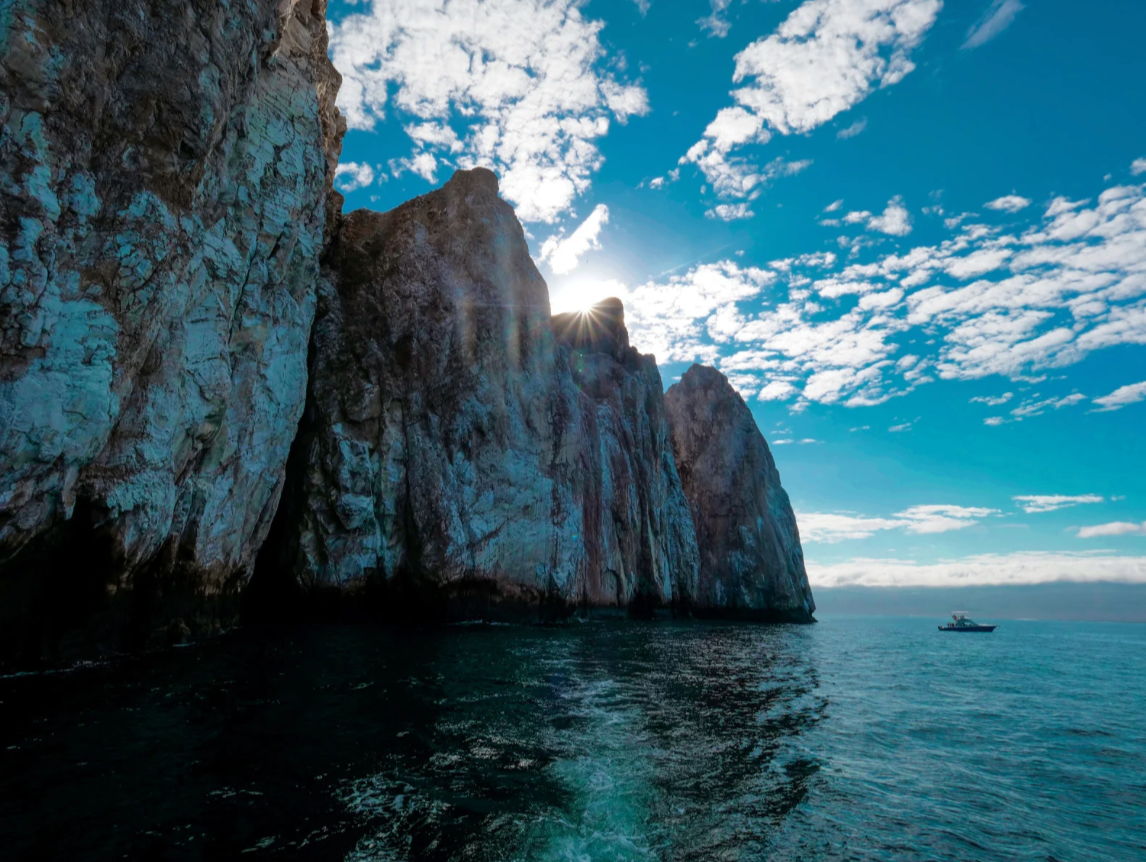
About the trip
The Galápagos Islands are one of the most unique ecosystems on our planet.
As a UNESCO World Heritage Site, this volcanic archipelago is home to the most unique endemic species and thriving marine megafauna populations I have witnessed worldwide.
It's a living laboratory for evolutionary biology, a true mecca for divers, and a once-in-a-lifetime opportunity to experience a truly wild ocean.
Picture the largest whale sharks you've ever imagined, schools of hammerhead sharks cruising by on most dives, and curious sea lions zipping through the blue.
This trip is all about maximizing your time with the iconic pelagic species that make the Galápagos so legendary. An experience that few operators truly prioritize.
Dates: August 23-30th 2027

Upwelling current systems
Galápagos isn’t easy diving.
Conditions can be challenging with strong currents, surges, thermoclines, and occasional low visibility are all part of the adventure.
Water temperatures range from 14–26°C, depending on the season and location. Currents can be swift and unpredictable, especially around Darwin and Wolf Islands, where the big action happens.
Divers need to be comfortable with negative entries, maintaining buoyancy in surge, and staying alert in dynamic underwater environments.
Diving in the Galápagos is physically and mentally demanding but it rewards those who come prepared with encounters that are truly once-in-a-lifetime.
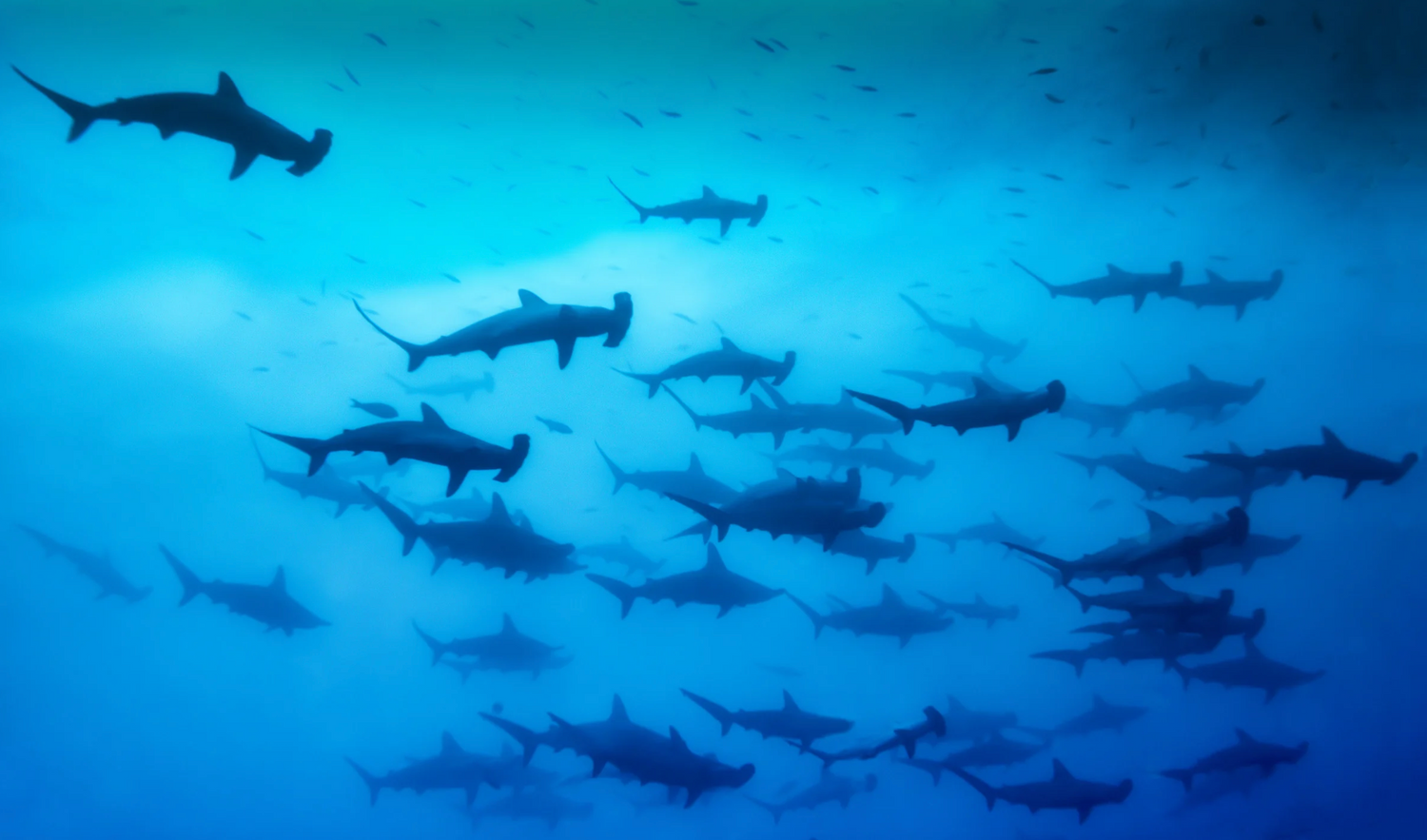
Hammerhead sharks
Diving in the Galápagos offers one of the most spectacular underwater encounters on Earth: vast schools ofhammerhead sharks. These iconic predators are a hallmark of Galápagos diving.
Being a global hotspot for hammerheads due to rich upwelling currents, marine protected areas and year-round food supply, the Galápagos support large aggregations of scalloped hammerhead sharks (Sphyrna lewini). This species is known to form massive schools that can number in the hundreds.
Darwin and Wolf Island are the crown jewels for shark diving in the Galapagos. These remote volcanic seamounts are accessible only via liveaboard dive expeditions. They are home to some of the largest hammerhead schools in the world.

Megafauna heaven
The Galápagos is one of the only places in the world where divers regularly encounter adult, pregnant female whale sharks, a true mystery of the deep.
This is not your usual whale shark encounter!
Witnessing a fully grown, pregnant whaleshark does not compare to whaleshark sightings elsewhere.
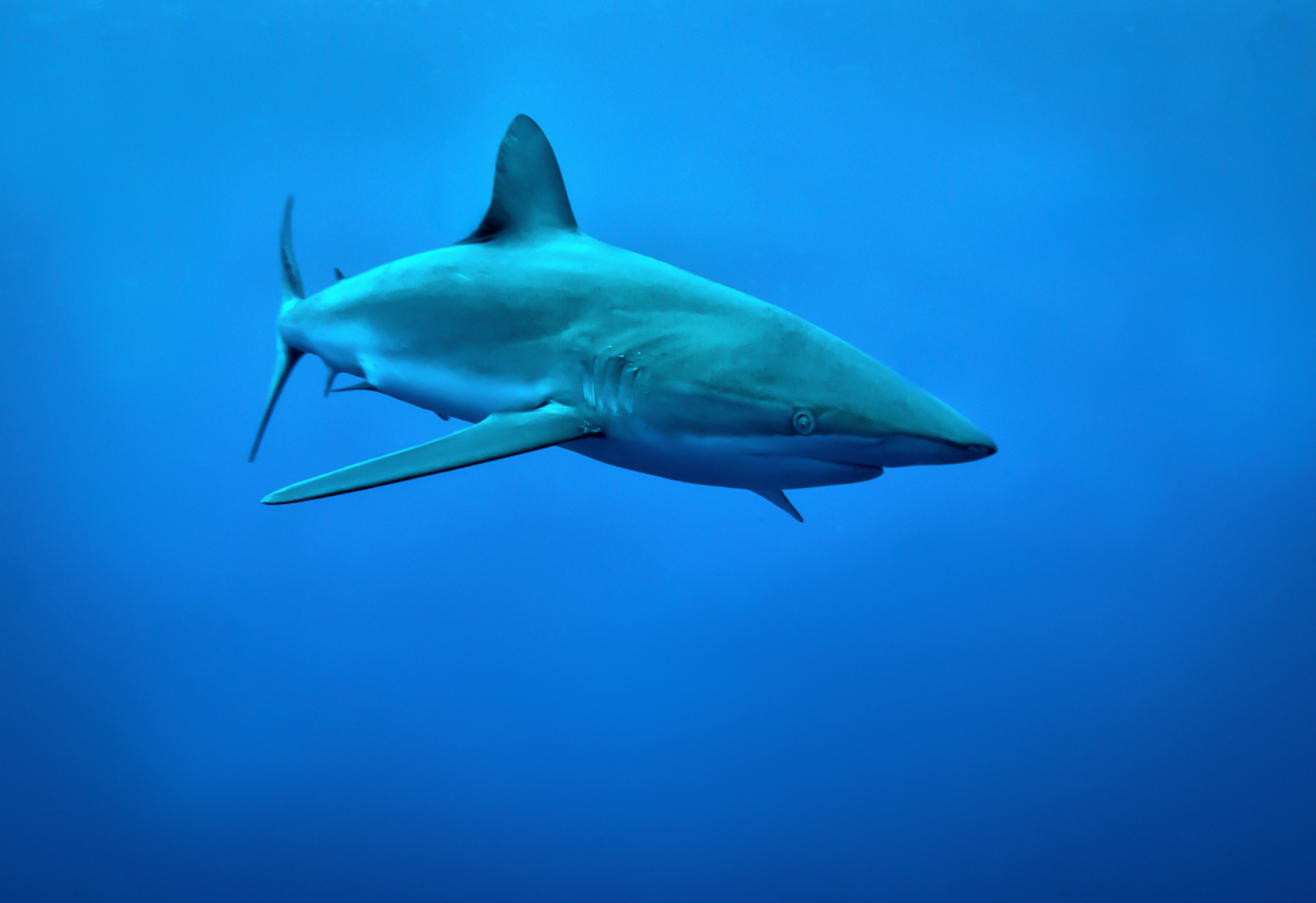
Galápagos sharks
The Galápagos shark is a sleek, inquisitive apex predator commonly seen around Wolf and Darwin Islands.
Their abundance in the Galápagos is a sign of a healthy, protected ecosystem, where sharks can thrive in numbers rarely seen elsewhere in the world.
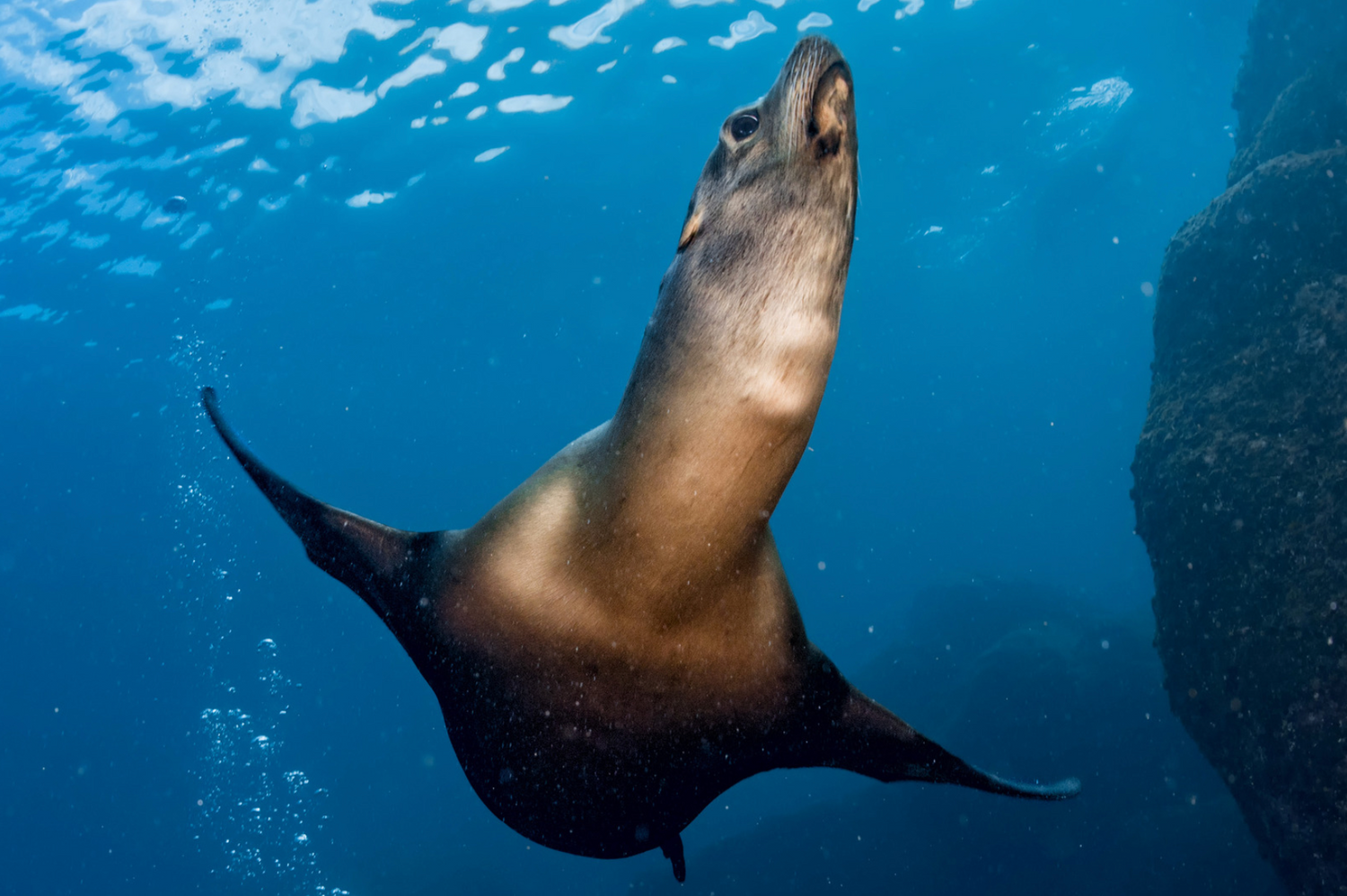
Sea lions, dolphins & more
The Galápagos sea lion is a curious and acrobatic marine mammal that’s impossible to miss. Found lounging on beaches, piers, and even benches, they are just as playful underwater.
During dives, sea lions often approach closely, twirling around divers. Interacting with sea lions in their wild, unspoiled habitat is one of the most joyful and memorable parts of any Galápagos adventure.
Just like pods of playful bottlenose dolphins, Galápagos sea lions may come check out divers during dives or safety stops. These moments are some of the Galápagos’ most surprising underwater encounters.
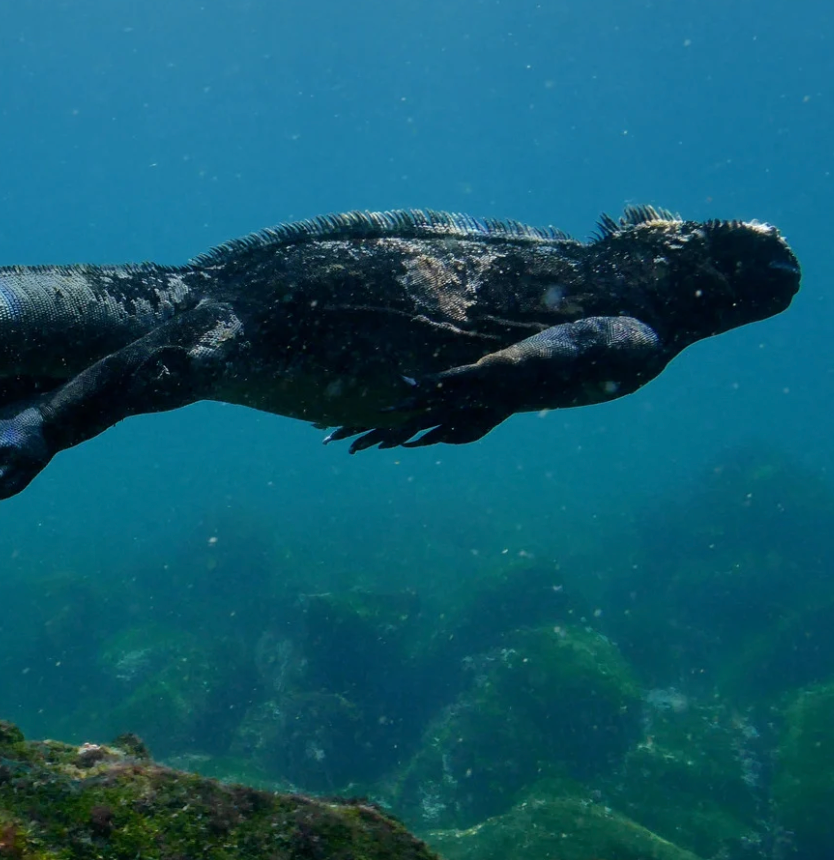
Marine iguana
Nowhere else on the planet does a reptile feed beneath the waves, except in the Galápagos, where the marine iguana does exactly that.
However, this expedition centers on the Galápagos' famous pelagic species around Darwin and Wolf island.
While you're likely to spot marine iguanas along the shoreline, underwater encounters with them are not the main focus of this trip.

What's included
- 8 days/7 nights in a double shared cabin on board Humboldt Explorer
- fullboard meal plan included
- 20 scuba dives
- 12l scuba tank and weights provided
- Tortoise hike
- Volcanic tunnel hike
- Airport to boat transfers

What's not included
- scuba gear rental
- travel & dive insurance
- flights from your hometown to Baltra, Galápagos
- transfers from airport to Puerto Ayora (USD 30$ one way for a 5 pax taxi)
- Marine Park Entry (USD 200$)
- Tourist Entry Card (USD 20$)
- Ecuadorian visa if needed
- tipping for crew members & staff
- personal expenses
Dive requirements
- AOWD (or equivalent)
- minimum of 100 logged dives
Expedition value: USD 6495

